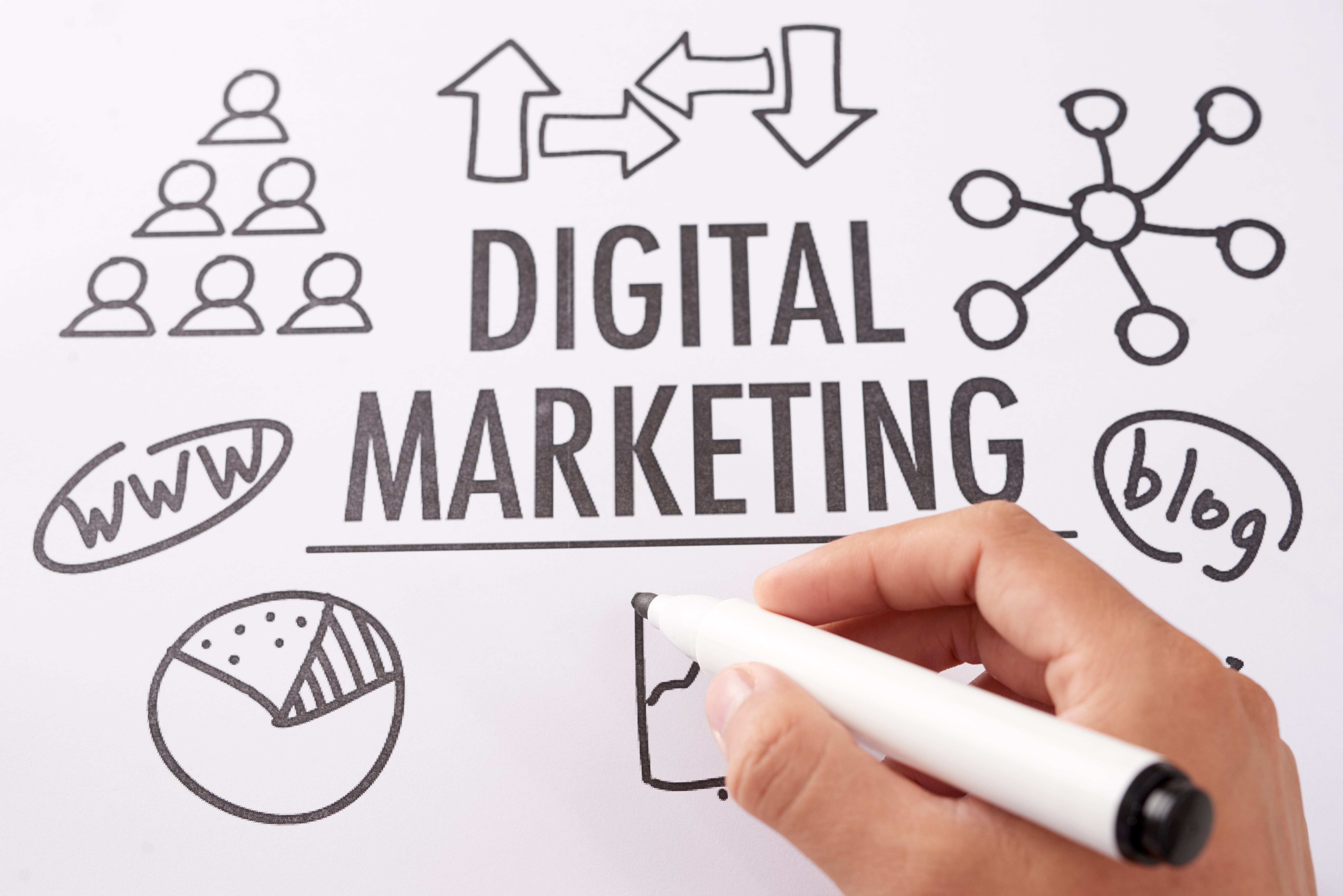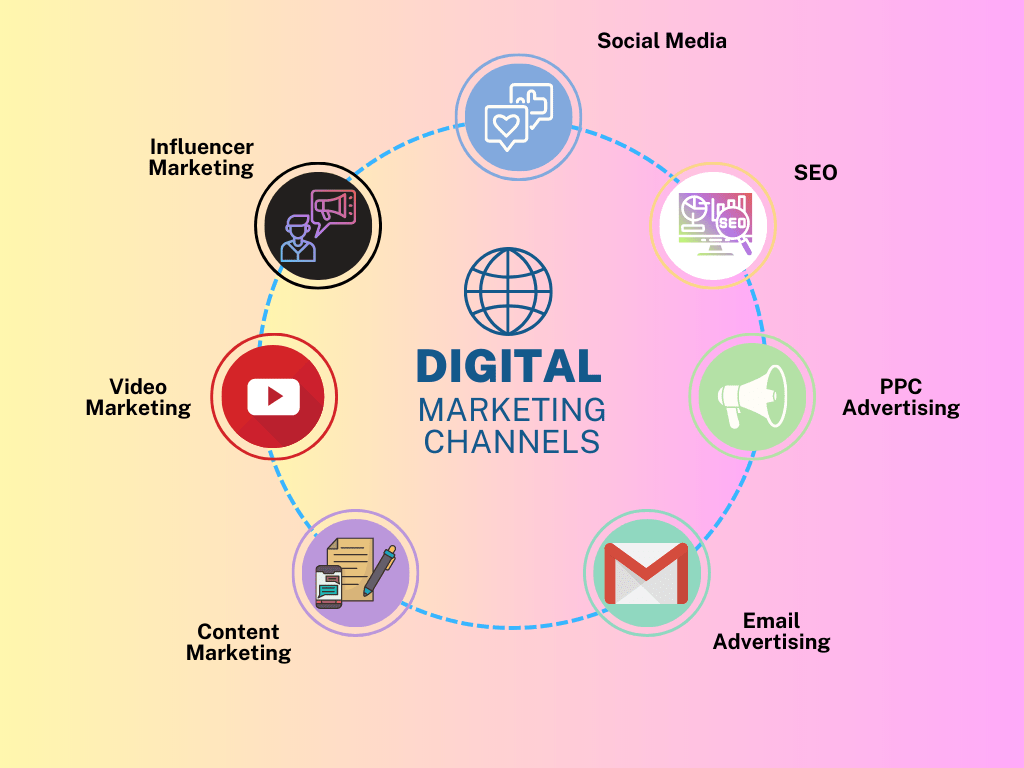Browsing the Future: Patterns Shaping Digital Marketing Today
Browsing the Future: Patterns Shaping Digital Marketing Today
Blog Article
Exactly How Social Media Platforms Impact Digital Advertising Trends
The development of social media platforms has revolutionized electronic advertising and marketing, using marketing professionals unmatched opportunities for targeted advertising and marketing and boosted individual engagement. By leveraging varied web content styles-- ranging from stories and video clips to interactive blog posts-- brands can tailor their approaches to straighten with audience preferences.
Duty of Influencers
Influencers play a crucial duty fit digital advertising and marketing fads, leveraging their considerable followings and reputation to drive consumer actions. By perfectly integrating products and solutions right into their web content, influencers can develop convincing and authentic advertising and marketing messages that resonate with their target market. This technique of advertising and marketing capitalizes on the trust and relatability that influencers have grown, making their endorsements extra efficient than traditional marketing methods.
The influence possessed by these digital characters extends past mere product placement; they act as trailblazers who can present and popularize originalities, styles, and items. Brands collaborate with influencers to access to specific niche markets and involve with consumers in a much more individual and interactive manner. This symbiotic partnership benefits both parties: brands intensify their reach and engagement, while influencers improve their material and money making opportunities.
In addition, the metrics and analytics offered on social media sites systems allow brands to determine the effect of their influencer projects with accuracy. These understandings enable business to fine-tune their approaches and optimize their marketing efforts, guaranteeing that they attain their wanted outcomes. Influencers are vital in the vibrant landscape of electronic advertising and marketing, driving technology and customer involvement.
Targeted Advertising And Marketing

Targeted advertising and marketing permits firms to optimize their return on financial investment by making sure that their advertising efforts reach one of the most relevant audience. By utilizing formulas and customer information, these systems make it possible for marketers to create very details projects that resonate with specific customers. A brand name marketing athletic wear can target fitness lovers by examining their past communications, such as likes, shares, and follows relevant to fitness web content.
Furthermore, targeted marketing promotes an extra engaging user experience. Users are most likely to connect with advertisements that straighten with their passions, therefore improving the performance of advertising projects. This personalized technique not only drives conversions yet also develops brand name loyalty with time. As information collection approaches and analytics continue to breakthrough, the function of targeted advertising in electronic advertising is positioned to come to be much more considerable.
Content Layouts
Content layouts play a critical role fit the effectiveness of digital marketing methods throughout social media platforms. The diversity of available formats-- consisting of photos, video clips, tales, and live streams-- permits online marketers to tailor their messages to the preferences and behaviors of their target audiences. Each format provides special advantages; as an example, videos frequently achieve higher interaction rates because of their dynamic nature, while images fast to eat and can be very impactful with strong visuals.
Different platforms have distinct layouts that execute far better. Instagram Stories and Reels satisfy short, appealing material, whereas LinkedIn favors long-form short articles and professional understandings. TikTok, with its emphasis on short, my blog viral video clips, has transformed how brand names approach material creation, pressing them towards more genuine, less sleek presentations.

Algorithm Changes
Navigating the landscape of social media sites advertising and marketing demands a keen understanding of algorithm modifications, which frequently redefine just how content is prioritized and shown to individuals. Social network systems like Facebook, Instagram, and Twitter regularly update their formulas to boost customer experience, but these changes can substantially affect digital advertising and marketing strategies. Facebook's shift to prioritize messages from close friends and family over business pages has forced marketing experts to reassess their content strategies, focusing much more on interaction and high quality over quantity.
Algorithm modifications are commonly applied to battle concerns such as phony information, spam, and low-grade web content. Nonetheless, these updates can additionally interfere with well-known advertising and marketing strategies, making it critical for marketers to stay informed and versatile. Devices like analytics control panels and social listening can help monitor the effects of these adjustments and change techniques accordingly.
In addition, recognizing the certain requirements that algorithms use-- such as involvement rates, relevance, and timeliness-- makes it possible for marketing professionals to optimize content for far better exposure. By remaining ahead of algorithm updates and adjusting rapidly, brand names can keep their one-upmanship and guarantee their content remains to reach the right target market properly.
User Interaction Techniques
Engaging customers efficiently on social media is vital for any effective digital advertising and marketing campaign. Individual engagement methods are central to creating solid connections in between brand names and their target audiences. These approaches encompass a range of tactics created to cultivate interaction, develop commitment, and drive conversions.
One key technique is material personalization, which tailors messages to fit the passions and behaviors of private customers. This can be achieved with information analytics and machine knowing formulas that predict individual choices. Interactive web content, such as polls, quizzes, and live video clips, additionally plays an important duty in capturing individual focus and encouraging involvement.

Finally, prompt and responsive client service on social media sites platforms can substantially enhance individual contentment. Engaging users with timely respond to questions and comments demonstrates a brand's dedication to consumer treatment. Digital marketing. On the whole, integrating these user engagement methods can substantially intensify a brand name's visibility and efficacy in the digital marketplace
Conclusion
To conclude, social media platforms profoundly influence digital marketing patterns via the tactical usage of influencers, targeted advertising and marketing, diverse web content formats, and progressing formulas. By leveraging these components, marketers can efficiently involve customers and adapt to altering choices in the electronic landscape. Constant adaptation to algorithm modifications and pop over to this web-site innovative user engagement approaches continue to be critical for keeping significance and enhancing content presence, consequently driving efficient marketing outcomes in a progressively competitive environment.
As electronic advertising continues to advance, one more powerful approach that has actually emerged along with influencer advertising is targeted advertising.Web content styles play an essential duty in shaping the effectiveness of electronic marketing approaches across social media systems.Browsing the landscape of social media marketing requires a keen understanding of formula changes, which regularly redefine exactly how web content is prioritized and presented to individuals.In conclusion, social media systems greatly affect electronic advertising and marketing patterns through the critical usage of influencers, targeted advertising and marketing, varied material styles, and advancing algorithms. Continual adaptation to formula adjustments and ingenious customer engagement methods continue to be important for keeping relevance and enhancing material visibility, consequently driving reliable marketing results in a progressively affordable environment.
Report this page